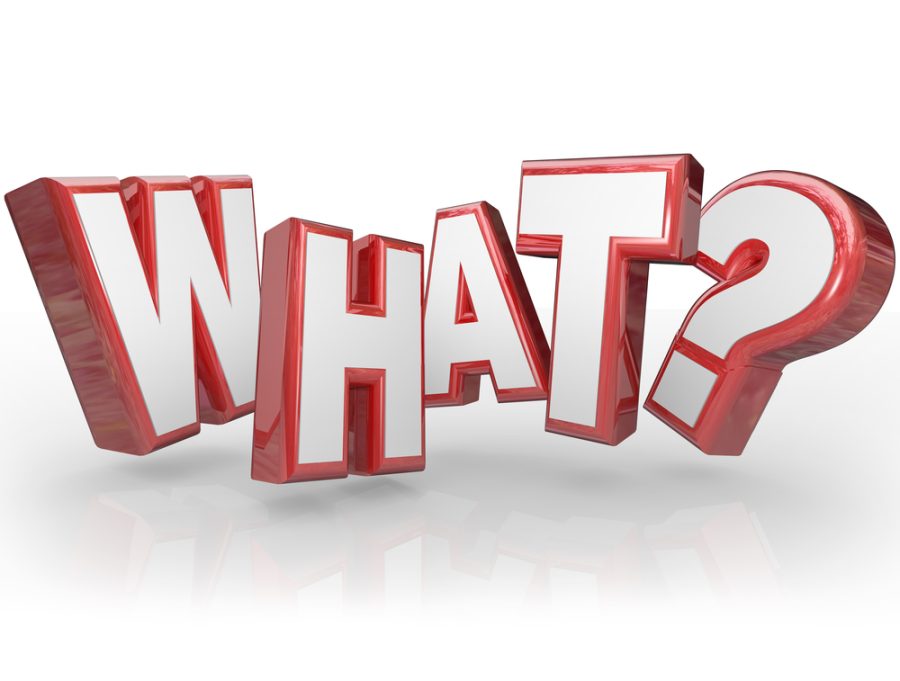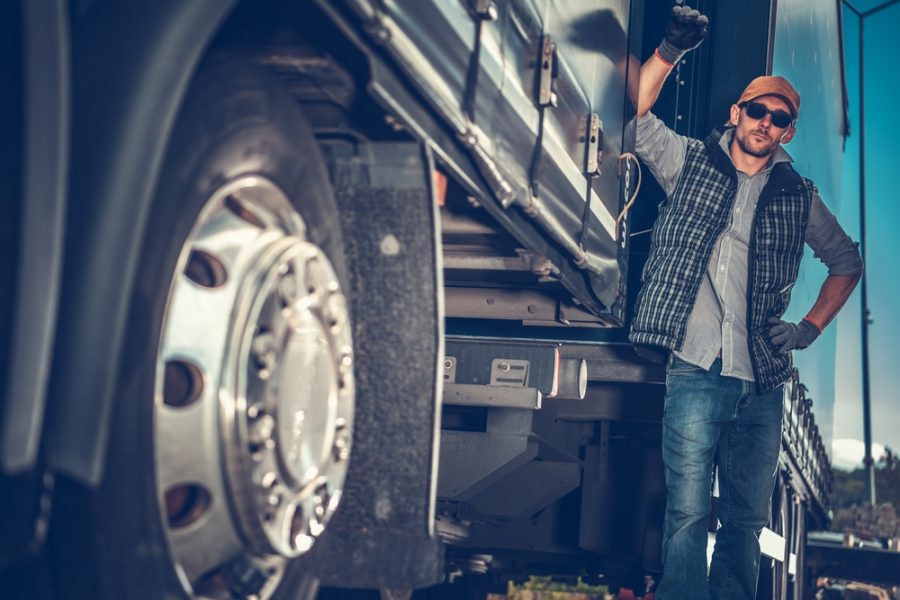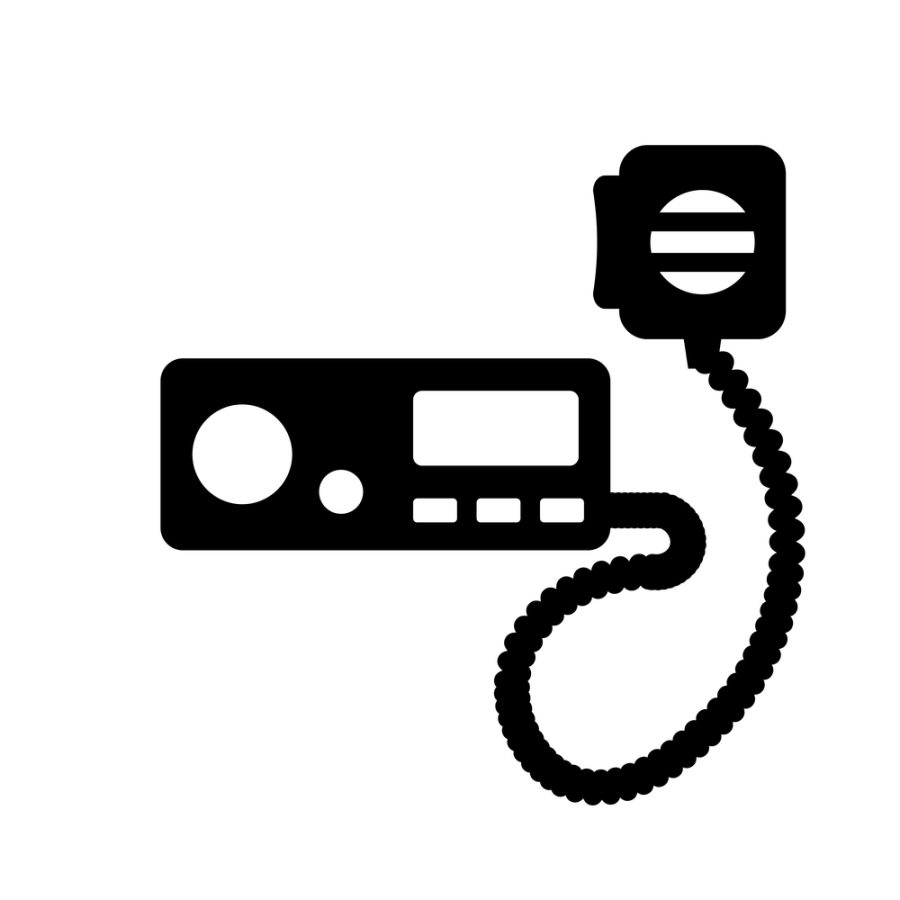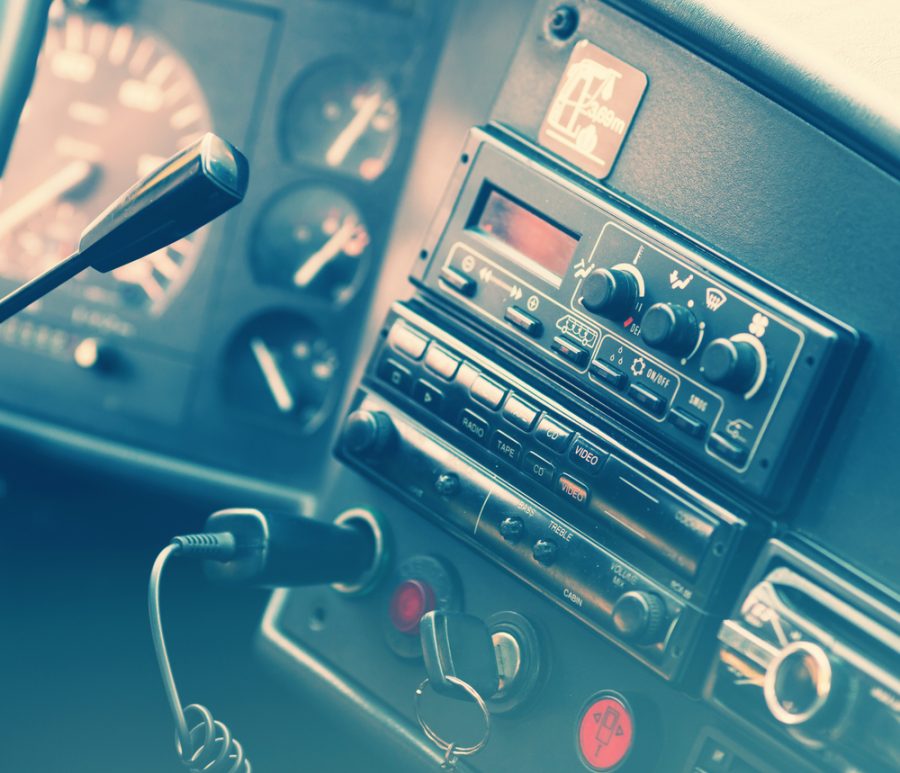Trucker Talk: 10-4 Code
Truckers have their own language and codes and one of the most well-known is the 10-4 code. But what does 10-4 mean? Simply put it means “I understand”. This is a big deal in the trucking community and is the foundation of communication among truckers on the road.
Regardless of dialect or background truckers all over the country and beyond know what it means. This universal understanding makes communication on the road fast and efficient so you don’t have to explain or clarify. In a world where split-second decisions can mean the difference between life and death 10-4 is the key to good communication among truckers.
10-4 originated from the early days of Citizens Band (CB) radio. When trucking became a big industry in the mid-20th century CB radios became a must-have tool for drivers to navigate the long haul. With the widespread use of CB radios 10-4 became part of the trucker culture meaning not just acknowledgement but brotherhood among those sharing the same roads.
What Does 10-4 Mean?
10-4 means acknowledgement and understanding. Whether in trucker talk, law enforcement, or everyday conversation 10-4 is a quick way to say you got the message or request. Its simplicity makes it universally recognized and used as a quick confirmation of comprehension.
But 10-4 also has nuances depending on the situation. In some cases, it means not only understanding but also agreement or compliance with instructions. Knowing these subtleties will make communication more effective so messages are received and acted upon correctly.
Cultural context plays a big role in when to use 10-4. In professional settings like trucking or emergency services where time is of the essence 10-4 is universally accepted and encouraged. But in casual or social settings its use may vary. Knowing the cultural norms around 10-4 will help you know when to use it for effective communication.
Where Did 10-4 Come From?
10-4 has a long history with truckers dating back to the early days of radio communication on the highways. 10-4 was part of the 10 codes or ten signals a code system developed to simplify communication over the radio where clarity and brevity were key. 10-4 means “acknowledged” or “understood” a quick and efficient way for truck drivers to say they got the message without all the chatter that could clog the airwaves.
The use of 10-4 among truckers wasn’t just about efficiency it also created a sense of brotherhood and a subculture within the trucking community. As CB (citizen band) radio became popular in the trucking industry 10-4 and other 10-codes became part of the trucker lifestyle, immortalized in movies and songs about life on the road.
Over time 10-4 went beyond its trucking and emergency services roots and seeped into everyday language as a universal acknowledgement. So when you hear someone say 10-4 today it’s a nod to a long-standing tradition among truckers, a sign of clear communication, and a testament to the phrase’s enduring place in American culture.
Who Uses 10-4?
10-4 isn’t limited to one industry, it’s part of communication across many. In trucking, it’s a phrase of the highways, a quick way for drivers to communicate with each other over long stretches of road. Its simplicity and universality make it an essential tool for truckers.
Beyond trucking 10-4 is also used by first responders and emergency personnel. In high-stress situations where clarity is key they find this simple acknowledgment is a vital way to acknowledge instructions or confirm understanding. Its use in these industries proves its effectiveness as a communication tool even in the most extreme situations.
Interestingly 10-4 has also made its way into the general public. Thanks to its exposure in popular culture and media many outside of professional industries now recognize and use the phrase in everyday conversation. Its widespread use proves its versatility and enduring usefulness as a short and universal acknowledgment.
“10-4 Good Buddy”: Benefits for Truckers
Truckers know how important quick and clear communication is on the road. In the fast-paced and unpredictable world of trucking being able to convey information quickly and accurately can mean the difference between a successful trip and potential danger. 10-4 becomes a key tool in this regard a short and universal way to acknowledge messages or instructions.
Safety and coordination are key in long hauls where truckers are covering vast distances and various road conditions. In those situations, 10-4 becomes a lifeline, a way to communicate seamlessly with other drivers. Whether it’s to confirm a route change, acknowledge a safety advisory, or coordinate rest stops 10-4 ensures critical information is exchanged quickly and safely.
Beyond the practical benefits 10-4 also plays a big role in trucker etiquette and community. By following established communication protocols like 10-4 truckers create a sense of brotherhood and respect on the road. This shared language not only makes things more efficient but also strengthens the bonds within the trucking community, a network of professionals who understand and respect clear communication.
10-4 is precise and helps truckers avoid miscommunication, a mistake that can have big consequences in an industry where seconds count. Being a simple and clear acknowledgment, 10-4 reduces the chance of misunderstandings or errors and lets truckers focus on the task at hand without distractions. In that way, 10-4 is the foundation of communication on the road and ensures critical information is exchanged accurately and quickly, for safer and more successful trips for all truckers.
Beyond 10-4: Trucker CB Lingo
- 10-4: Acknowledgment, “Okay” or “Understood.”
- 10-20: Location, what’s your 10-20?
- 10-100: Restroom break, also known as a pit stop.
- Breaker Breaker: Starting a transmission, asking for a break in the conversation to speak.
- Bear: Police, law enforcement.
- Smokey: Highway patrol officer.
- Bear in the air: Police aircraft monitoring traffic.
- Convoy: A group of trucks traveling together.
- Back door: The truck at the end of a convoy or behind you.
- Front door: The first truck in a line or convoy.
- Alligator: Blown tire on the road, looks like an alligator’s back.
- Chicken coop: Weigh station.
- Double nickel: 55 mph speed limit.
- Hammer down: To accelerate or go faster.
- Hammer lane: Fast lane or left lane on the highway.
- Cash register: Tollbooth.
- Clean and green: The weigh station is open but no waiting trucks.
- Readin’ the mail: Listening to others talk without participating in the conversation.
- Rubber duck: Lead vehicle in a convoy, sets the pace, and watches for trouble ahead.
- Skateboard: Flatbed trailer.
- Wiggle wagons: Truck pulling more than one trailer, also known as doubles or triples.
- Yardstick: Mile marker on the highway.
This is how truckers have developed their own language to share information, alert others to hazards and even find companionship on long and lonely drives.
FAQs
- What does 10-4 actually mean, what does 10 4 mean? Answer: 10-4 is a radio term that means “message received and understood”.
- Can I use 10-4 in everyday conversation outside of trucking? Answer: Yes, 10-4 can and is used in everyday conversation to mean acknowledgment and comprehension.
- Is 10-4 still used by truckers? Answer: Yes, 10-4 is still a part of truck driver communication for its brevity and clarity.
- How did 10-4 get into mainstream culture? Answer: 10-4 became popular through movies, TV shows, and the depiction of CB radio culture especially in the 70’s.
- Are there other codes like 10-4 used by truckers? Answer: Truckers use a ten-code system and other CB slang codes for communication on the road.
Summary
As we look back at 10-4 it’s clear that this simple phrase is huge in the world of communication, especially in trucking. From its origins in the ten-code system to its use across the country and in many industries 10-4 has been a symbol of efficiency and clarity for quick and easy communication.
Even in this digital age 10-4 still holds up as a timeless and universal yes. Its simplicity and versatility make it a useful tool to acknowledge and understand in many situations, it’s still the foundation of good communication.
In the trucking world, 10-4 has a special cultural significance, it’s not just an acknowledgment but also a sense of brotherhood and respect among drivers. Its use creates a sense of community and shared identity among truckers and emphasizes the importance of clear communication on the road.
Looking forward the future of 10-4 and CB lingo is bright, it will evolve with technology and changes in communication. While the basics will remain the same, industry practices and cultural dynamics will shape the landscape and content of CB communication in the years to come. But one thing is for sure 10-4 will always be a timeless yes in the trucking world.
Check out our blog for more tips on how to stay connected on the road!




